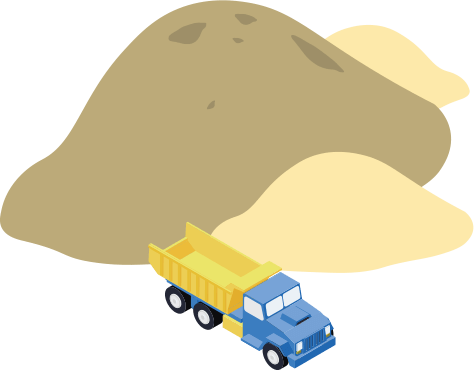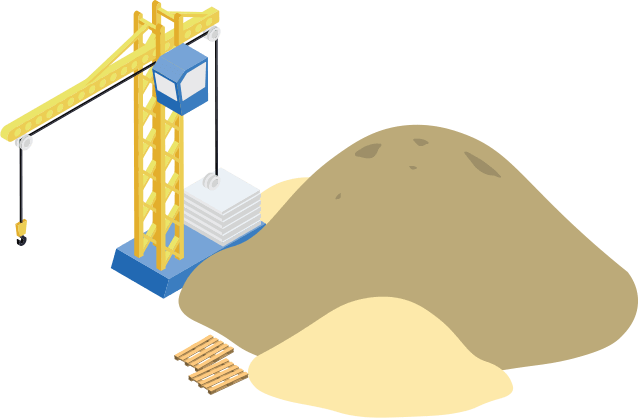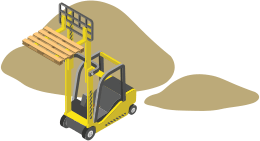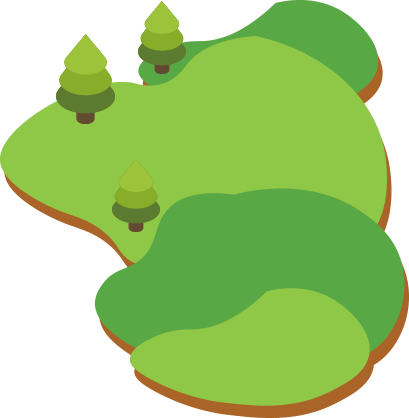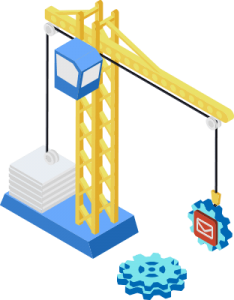Once, in ancient times, 20 years ago, no one knew what made for an effective website.
Tens of millions of websites later, a great deal is known about what makes a website good or bad.
There’s tons of room for creativity. Your website doesn’t have to look like everyone else’s. But there are many definite no-no’s. So let’s talk about the do’s and don’ts, shall we?
YOUR WEBSITE SHOULD BE PRETTY
You wouldn’t think this has to be said. Ugly websites turn people off. This is something you need to pay attention to, for the very simple reason that there aren’t a lot of artists in the website development business.
If you think it’s ugly, it’s ugly. Don’t settle for that. It’s not that hard to make a website look good.
YOUR WEBSITE SHOULD SPEAK ENGLISH
Of course, many websites are in Spanish, or in multiple languages, but that’s not what I’m talking about.
Your website should be free of grammatical errors and typos. Sentences should make sense. Paragraphs and pages should hang together logically. Is that too much to ask? I think not.
INFORM AND ENTHUSE
Sure, good English – but what should you say? Number one, your website has to inform your visitors – your potential customers.
Of what? Put yourself in their shoes. What do they want to know? Do not skip the most obvious things. You know, like what do you do? I can’t tell you how many times I’ve been through a website in vain trying to find out what goods or services the company offers. Or if I can buy from them or are they wholesale only?
I guess they think everyone knows. But if they already know all about you, why are they going to your site?
Just as important, you need to enthuse your visitors. A large percentage of websites fall down on this point. They are filled with dry recitations of facts. I don’t mean your website needs to sound like a commercial for Ginsu carving knives. But come on, say something to make your visitors care.
ABOVE THE FOLD
In newspapers, back when anyone read them, “above the fold” meant the top half of the front page of the folded newspaper – the part that would entice you to buy them.
These days, the equivalent is what you see on the top of the home page of a website before you start to scroll down.
That’s called “above the fold” too, and it is easily the most valuable real estate on the entire site – because it has to accomplish the first “sale” of getting the visitor to scroll down or click on a link – as opposed to hitting their back button – what we call a “bounce.” You just wasted all the effort it took to get someone to your website.
If you don’t carefully work out what goes there, you are missing seriously the boat.
Anything above the fold that doesn’t belong is a distraction. Anything that should be there but isn’t is a missed opportunity to convince the visitor he, at least possibly, might have found what he is looking for.
ORGANIZE CONTENT AS A PYRAMID
Now, you’ve got them to stick on your site, and you’ve got lots of great content to inform and interest them.
How then should content be organized? You do it the same way they do it in journalism: you build a pyramid. They start, first paragraph, top of the pyramid, with the big picture, most important and general stuff. Go from there to more and more specifics and depth.
Maybe they read one paragraph and they are ready to call you. Or maybe one point interests them and they want to read more, so they go on to an entire page on the subject.
People often tell me they don’t want to have too much content on their websites, because it will confuse people, or because people don’t read. Well some people do, and besides, Google loves content (if search rankings matter to you).
And the pyramid structure prevents confusion. The visitor is never confronted with an overwhelming amount of material. They can explore in as much or as little depth as they want and never even know your website actually has 567 pages.
GIVE THEM ALTERNATIVES
People are different, and they have different preferred ways of navigating a website. You deal with this by providing alternative ways of finding things and getting around. That way no matter their preferences, they’ll find your website user friendly.
Here are the main ways of navigating a site, and you can potentially include every single one of them without creating any confusion:
- Main Menu
- Secondary menu
- Sidebar
- Other buttons on the page
- Clickable images
- Clickable animations
- Links within text
- Search boxes
- Links in the website footer
BALANCE TEXT AND IMAGES
A website can go overboard in either direction. One pet peeve of mine is photo galleries with no description whatsoever to tell people what they are looking at or why they should be interested. I guess people are just supposed to look at an image and be magically enchanted.
Good luck with that.
On the other hand, is there anything more boring than long pages of words, like something out of your least favorite college textbook. B-O-R-I-N-G.
There are multiple ways to do this, too. Infographics and tables, as well as animation, can visually spice up text.
DECIDE WHERE YOU WANT THEM TO GO
Another “build it and they will come” fallacy. If you don’t decide where on the page, and what pages you want people to go to, and in what sequence, where will they go?
Maybe they will entirely miss a key point. Or hit things in the wrong order and get confused.
So decide for them, then construct the site so they go where YOU ant them to, WHEN you want them to.
Tip: Look up “eye trail in graphic design,” for one important way to do this.
DON’T FORGET TO TELL THEM WHAT TO DO
If you don’t tell them to contact you – to fill out the form, or pick up the phone, or walk into your store – don’t be surprised if they don’t.
And make these “calls to action” prominent so they actually get seen.
EVERYTHING YOU NEED TO KNOW
Of course there’s a great deal more that could be said about building an effective website. But don’t underestimate this slim 1000 word essay. These ARE the big picture, top level concepts that make one website a grand success, another a grand fizzle.
Of course you have to get people to arrive on your website. But if you follow these principles, you’ll have a good start on that too, because chances are Google is going to like what it sees too.


